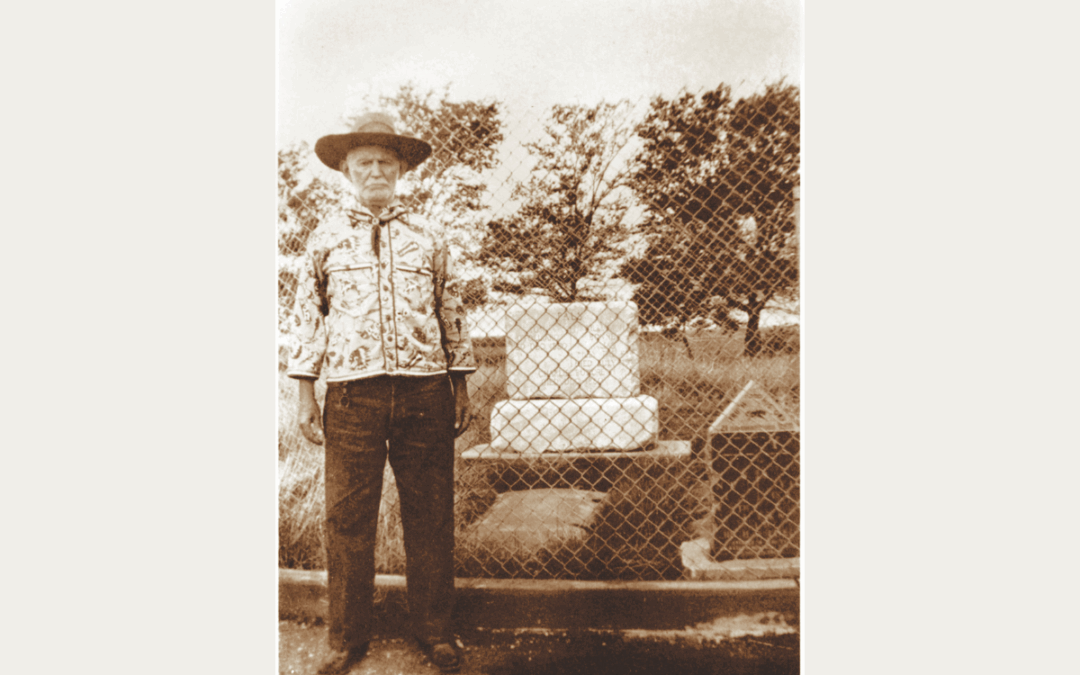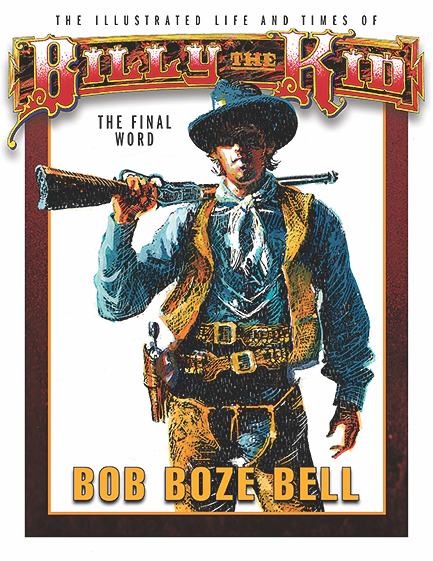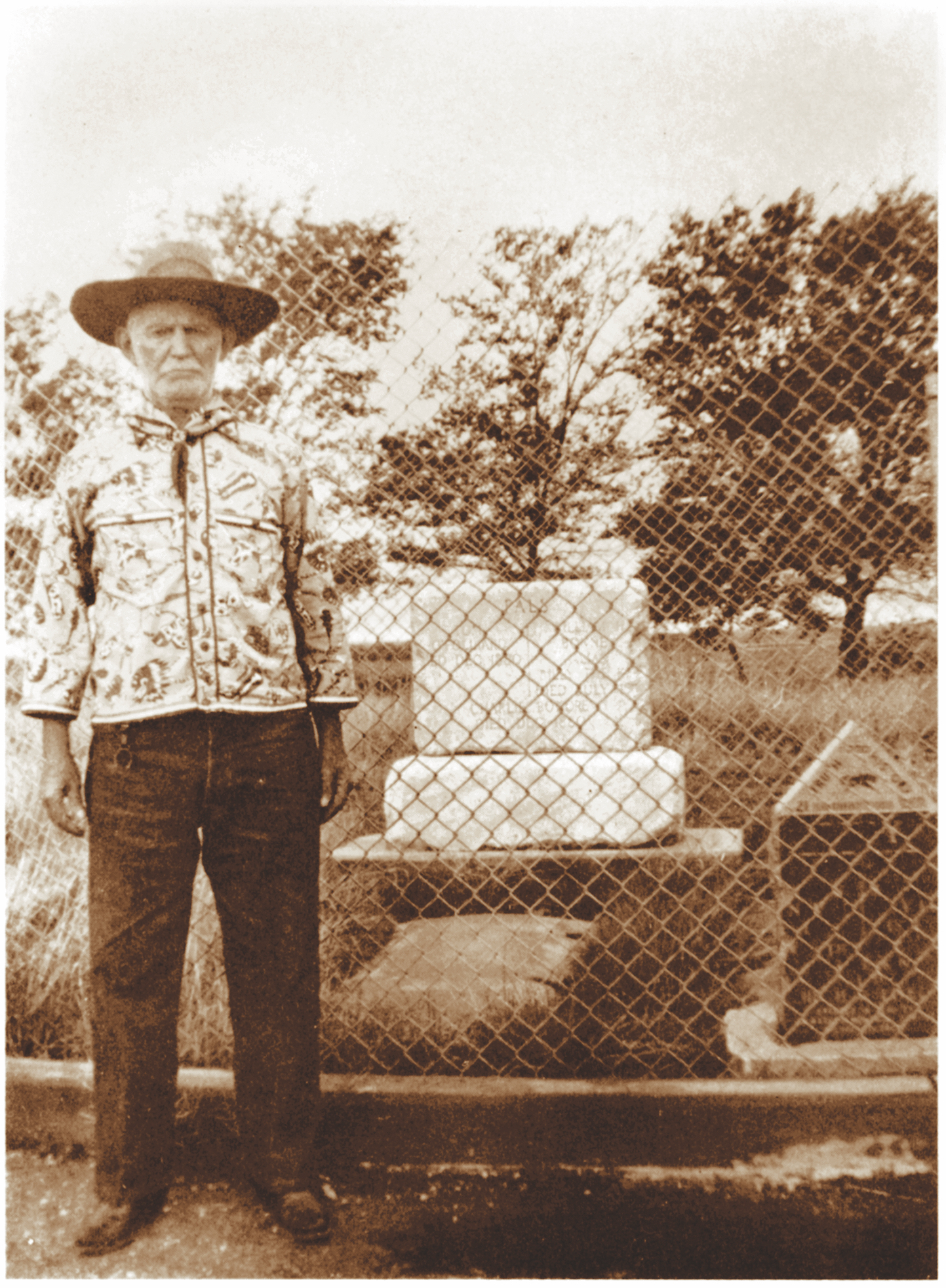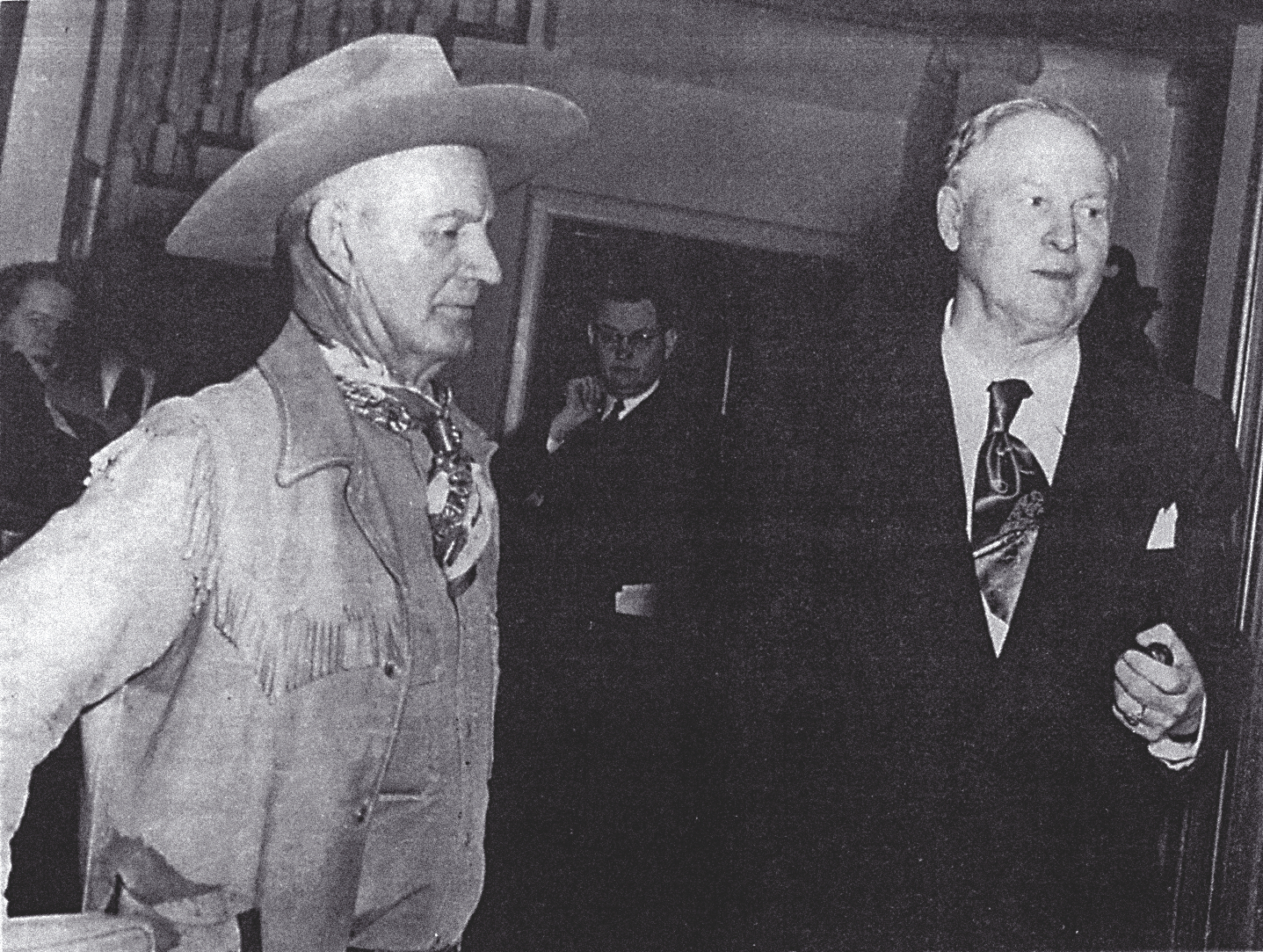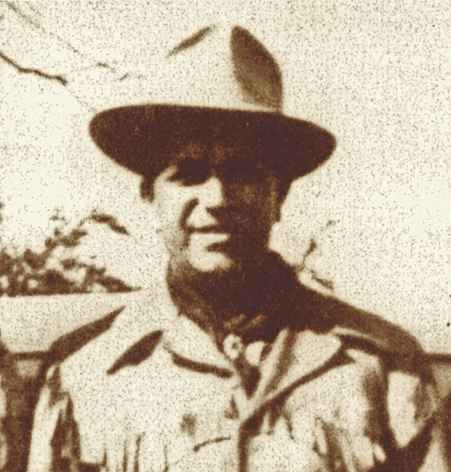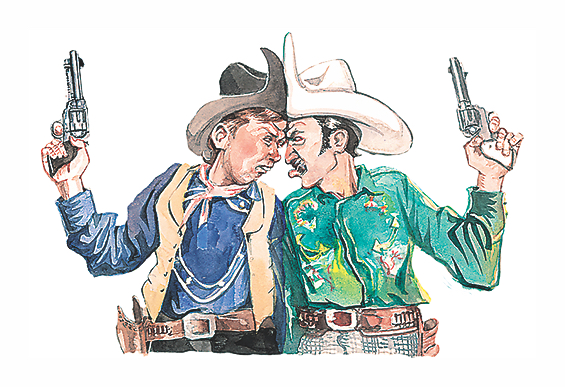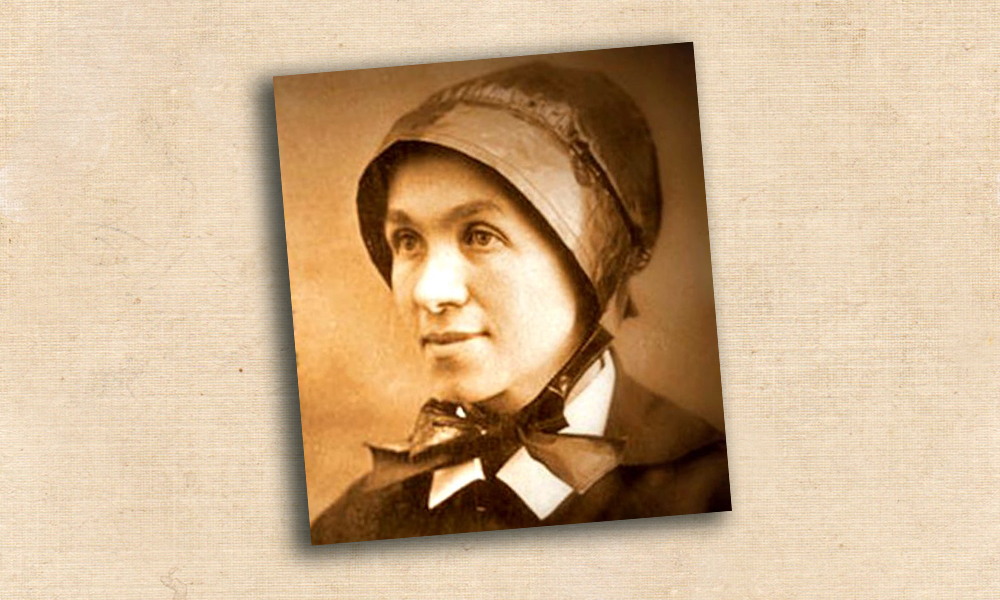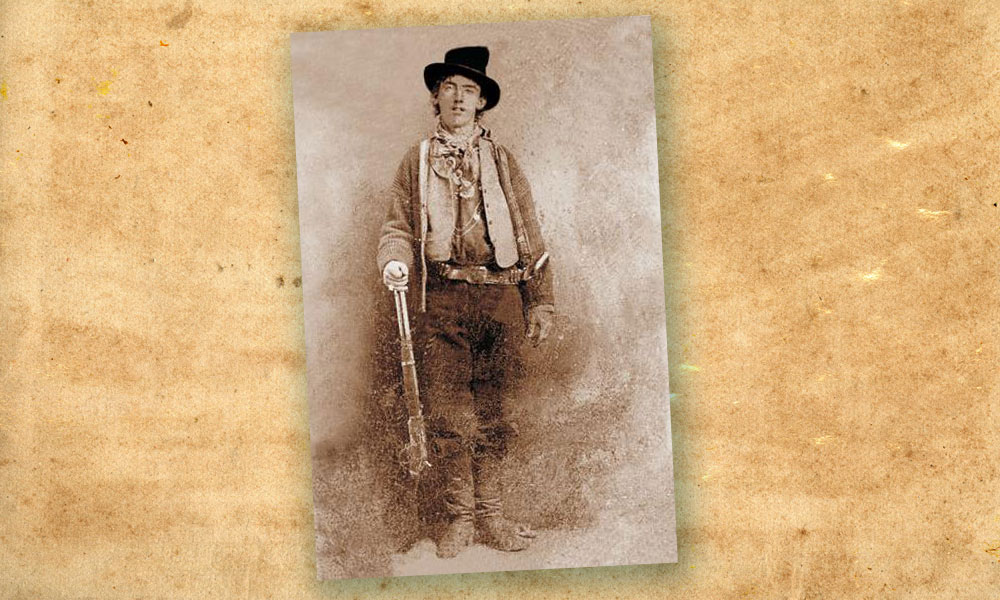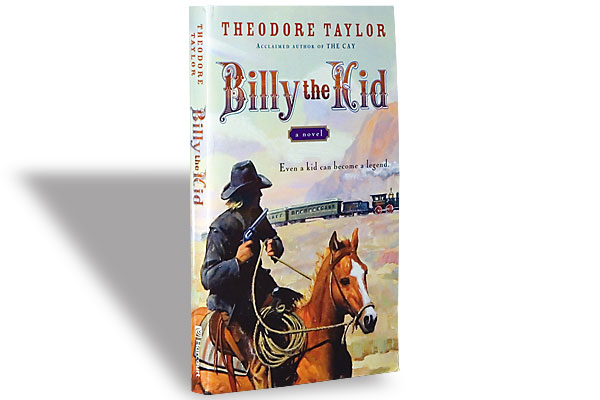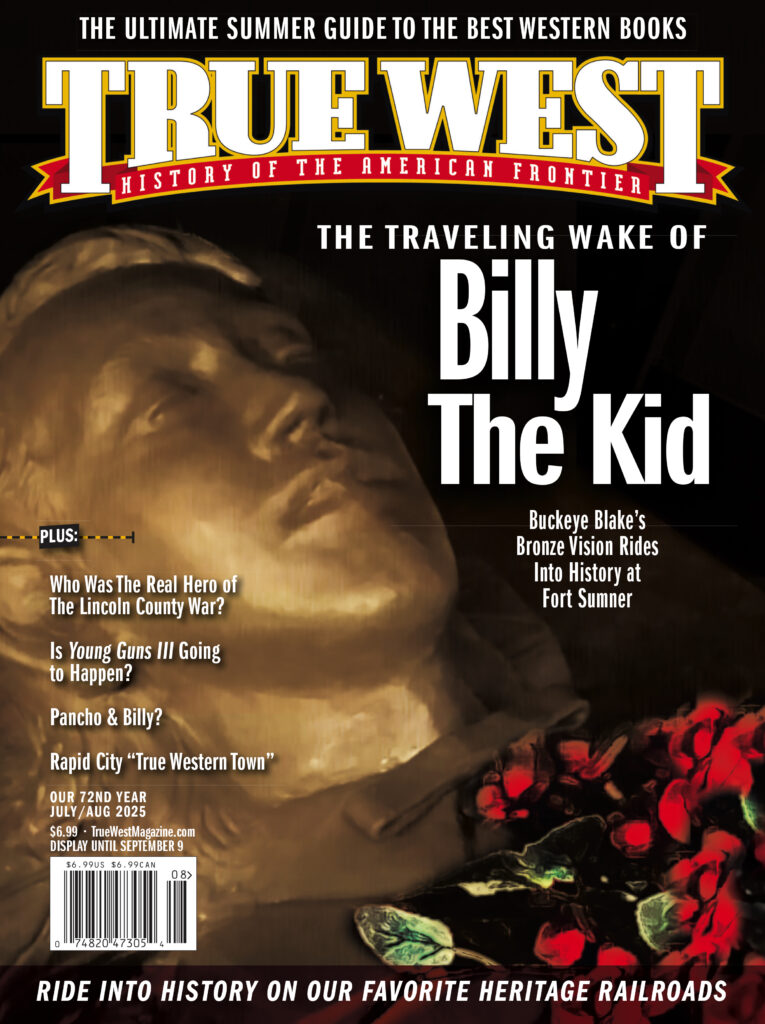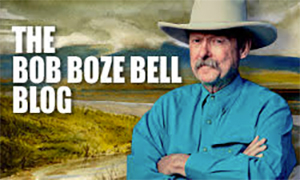“What people choose to believe is a fact in itself.”
—Leon Metz
1948
William V. Morrison is working as an investigator for a law firm in Florida (although he has a law degree he is not a bar member). Morrison is currently working on an estate case involving an old man named Joe Hines, who claims he fought against Billy the Kid and doesn’t believe the official history of the outlaw’s demise: “Garrett did not kill the Kid on July 14, 1881, or any other time.”
Morrison then contacts a fellow Missourian named J. Frank Dalton who has recently been written up in the papers because of his startling declaration that he is Jesse James. Through this dubious character (few believe Dalton’s claim), Morrison learns the address of the man in Texas who claims to be Billy the Kid.
August 1949
After some correspondence and an initial meeting, Morrison picks up Brushy Bill Roberts in Hico, Texas, and they set off on a road trip to New Mexico. Brushy Bill reminisces along the way, making numerous mistakes and contradicting himself, but Morrison rationalizes that the Kid is “still running,” and is dodging questions that might compromise him with the authorities.
July 1950
Morrison moves to El Paso, Texas, “to be near the records” he needs to work up a Brushy Bill brief (a request for a full pardon) to present to the governor of New Mexico.
A Grave Mistake?
Brushy Bill poses in front of Billy the Kid’s alleged grave. He told bystanders, “They think they’ve got me there, buried like an outlaw with my feet to the west, but that won’t get it. They didn’t get me yet, they didn’t.” According to Brushy Bill’s niece, Geneva Pittman, birth records in the family Bible indicate Roberts was born in 1879 in east Texas. Mrs. Pittman says, “I know for a fact my uncle was born in 1879, and Billy the Kid was supposed to have been shot by Pat Garrett in 1881. That would have made him 2 years old. He really would have been a kid.”
November 29, 1950
In Santa Fe, Governor Mabry meets with William Morrison and Ollie L. Roberts, in the study of the governor’s mansion. On behalf of Roberts, Morrison wants the governor to “pardon this man and restore him to good standing in the state.” Morrison claims that Roberts is really Billy the Kid.
After meeting with the governor, the trio enters the dining room where the press, various historians and interested parties, 20 in all, are gathered. They include Pat Garrett’s sons Oscar and Jarvis who are indignant about the whole proceeding. Also in attendance are Cliff McKinney, son of Kip McKinney, and Arcadio Brady, son of William Brady.
The meeting goes badly for Brushy Bill. He is nervous and flustered. At one point he can’t even remember Pat Garrett’s name. When asked if he killed Olinger and Bell when he escaped from the Lincoln County jail, Roberts claims he didn’t do any shooting that day—he just got on his horse and rode off.
Oscar Garrett is asked if he wants to query Roberts and he says, “I do not wish to dignify this claim with any questions.”
Brushy Bill looks like he is going to faint and asks to lie down, saying, “I don’t feel good.”
After Roberts’ respite, the governor issues his verdict: “I am taking no action, now or ever, on this application for a pardon for Billy the Kid because I do not believe this man is Billy the Kid.”
Soundly defeated and bitterly disappointed, Morrison and Roberts drive back to El Paso. Brushy Bill returns to his home and is bedbound for several days because of the stress of the meeting and his trip.
December 27, 1950
It is a mere four weeks since the fiasco in Santa Fe. Brushy Bill Roberts leaves his house around 1 p.m. to go to the post office and mail a package for his wife. As he is passing the Hico News-Review, he has a heart attack and collapses. Bill is found lying in the gutter with one arm across the bumper of a car parked at
Grave Consequences
Brushy Bill Roberts with Gov. Mabry. In 1955, William Morrison (inset), with the participation of noted Southwest author C.L. Sonnichsen, was able to convince the University of New Mexico to publish Alias Billy the Kid, a book that lays out in some detail the claims of Brushy Bill. Adherents claim Roberts knows too much about the details of the Lincoln County War to be a faker, while critics believe Morrison simply padded Brushy Bill’s shaky narrative with the semi-correct answers. Although widely dismissed, the book has managed to keep Roberts’ dubious claim alive. It didn’t hurt that in 1991, the Young Guns II movie resurrected Brushy Bill and his claim and gave them a fresh coat of glossy paint.
the curb. O.L. Roberts is pronounced dead on the scene. His claim, however, will live on.
Who’s Calling Who Bogus Billy?
In 1991, this author did a cover story for Arizona Highways on Billy the Kid in Arizona.
One of the sidebars in the article was titled Bogus Billy and stated, “There are at least
three details about Brushy Bill that do
not match up with Billy the Kid:
“1. Brushy Bill was left-handed, and
Billy the Kid was right-handed.
2. Brushy Bill was illiterate, and Billy the Kid wrote letters to the governor of New Mexico that are on public display.
3. Brushy Bill doesn’t look one whit
like Billy the Kid.”
Arizona Highways received the following reply from one of Brushy Bill’s most ardent supporters, Judge Bob Hefner of Hico, Texas: “Mr. Bell can fast draw with the best, but he missed the target completely with Bogus Billy:
“1. Brushy Bill Roberts was ambidextrous
(Paul Newman was “The Left Handed Gun”).
2. Many letters written by and for
Brushy exist today.
3. Brushy did not look like the tintype, so what, the tintype IS NOT BILLY. Quien es? Only the Lord would know.”

